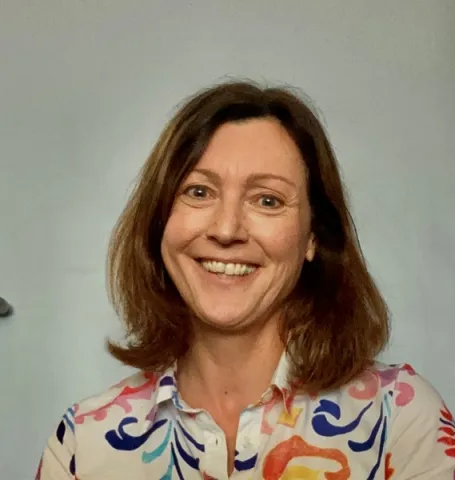About the project
If the extent of global warming is to be limited to 1.5 degrees above pre-industrial levels then Carbon Dioxide Removal (CDR) approaches need to be able to extract up to 1000 GtCO2 from the atmosphere by 2100. Meeting these targets requires the rapid implementation of an array of CDR methods, with ocean-based techniques receiving increasing attention due to the potential scale and permanence of CO2 sequestration that can be achieved. Coastal enhanced weathering, a form of ocean alkalinity enhancement, is one of the most promising ocean-based CDR techniques, with laboratory experiments and model-based estimates implying it may be capable of removing several GtCO2/yr [e.g. 1]. However, confidence in the viability of this approach is currently limited by uncertainties in the rate of weathering and the potential for environmental and ecosystem impacts [2,3]. This project addresses these knowledge gaps by investigating the weathering processes and fate of trace metals released during olivine dissolution in coastal environments. Working in collaboration with Vesta, who are conducting the world’s first coastal enhanced weathering trials in America and the Caribbean, this study will help establish the rate of weathering and whether potentially bio-limiting and/or toxic metals such as Fe, Si and Ni are released into seawater or retained within the sediments.
For full project details visit the Inspire project page.
Lead supervisor
- Doctor Christopher Pearce (National Oceanography Centre)
Supervisors
- Professor Rachael James (University of Southampton)
- Doctor Feifei Deng (National Oceanography Centre)
- Doctor Susan Little (UCL)
- Doctor Grace Andrews (Vesta)
